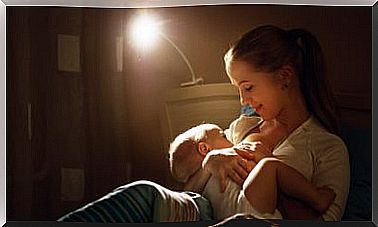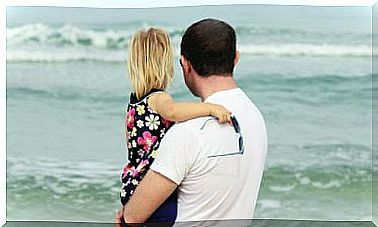Juvenile Acne: Types And Causes
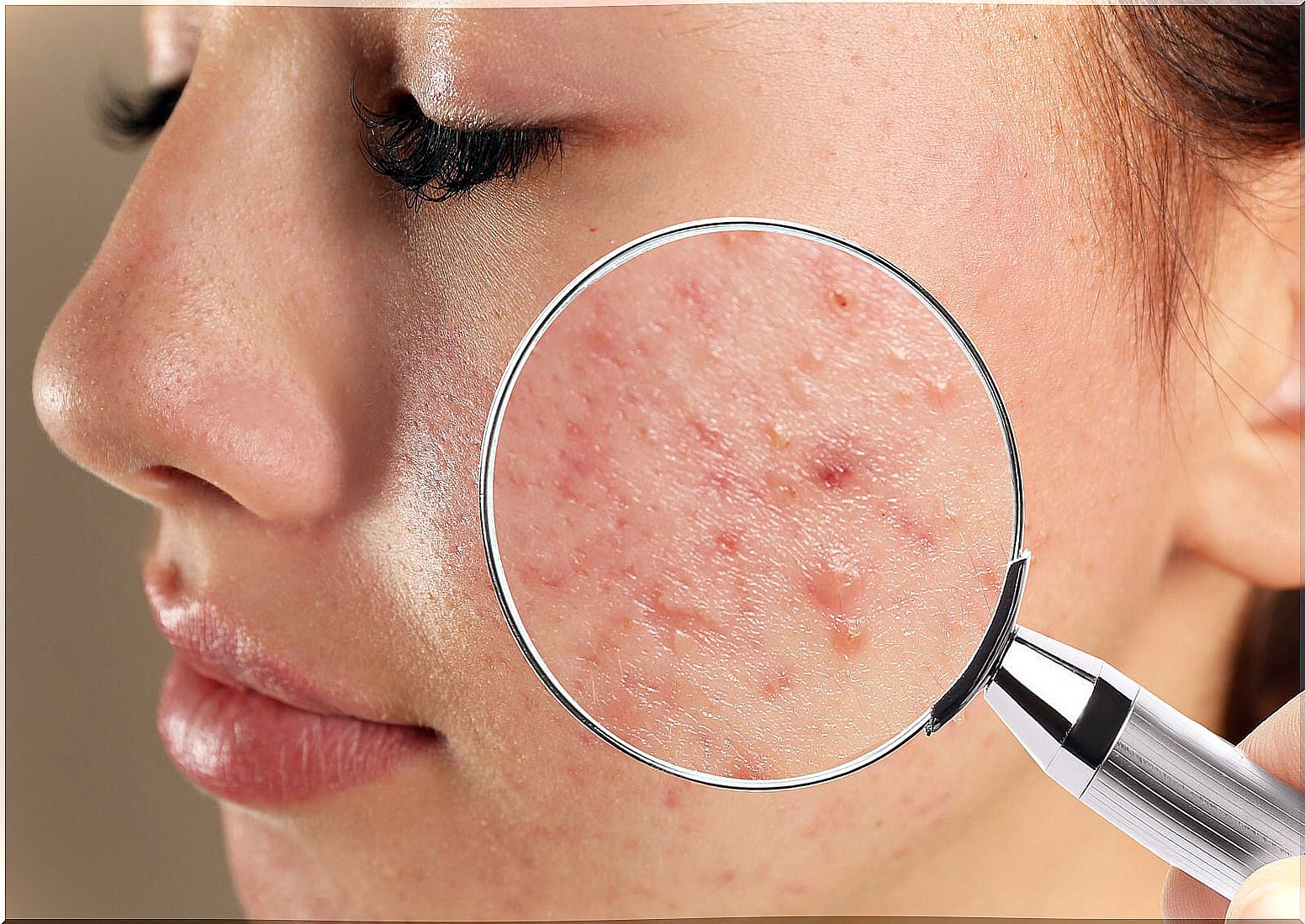
Juvenile acne is one of the cutaneous manifestations that most worries adolescents. Likewise, it limits them in their social relationships and also tends to affect their self-esteem. There are several factors that influence its development, from hormonal alterations to poor hygiene. Next, we tell you more about it.
Why is youth acne generated?
Juvenile acne is a chronic and self-limiting inflammatory disorder of the pilosebaceous unit . In most cases it is caused by Propionibacterium acnes in adolescence, under the influence of normal circulating dehydroepiandrosterone (DHEA).
It is a very common skin disorder that can present with inflammatory and non-inflammatory lesions especially on the face, but it can also occur on the upper arms, trunk, and back.
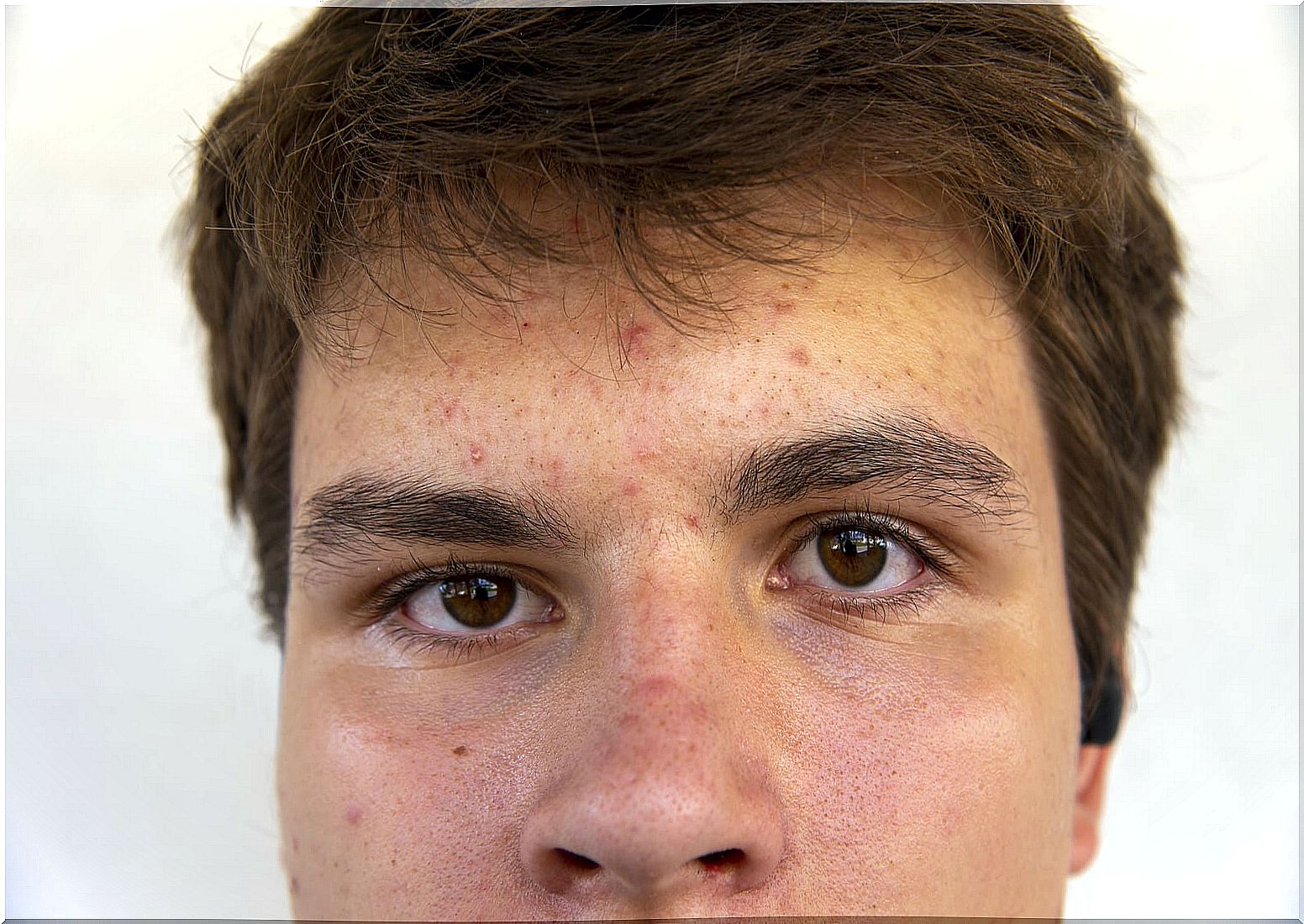
Causes of juvenile acne include the following:
-
Use of medications such as lithium, steroids, and anticonvulsants.
-
Exposure to excess sunlight.
-
Use of occlusive clothing.
-
Endocrine disorders, such as polycystic ovary syndrome and even pregnancy.
-
The genetic factors affect the percentage of fatty acids in sebum. Estimates of heritability range from 50 to 90%.
Diet and acne
The relationship between diet and acne is highly controversial. The probable cause of the possible comedogenic effects of milk and its products is the content of hormones produced by the cows during gestation.
According to studies from the Journal of the American Academy of Dermatology , the component of milk that most stimulates the pilosebaceous unit is insulin-like growth factor 1 (IGF-1), whose concentration in the blood varies according to the severity of acne.
Levels of insulin-like growth factor 1 increase during puberty under the influence of growth hormone and correlate positively with the clinical course of acne.
Dark chocolate contains more antioxidants than milk chocolate, which would lead to the conclusion that it may have much lower comedogenic effects.
A change in diet is recommended to prevent acne recurrence. This means avoiding chocolate, spicy foods, junk food, and cola drinks. Following a high-protein, low-glycemic diet usually reduces the risk of acne lesions.
Also read: Food and acne: what you eat is also important
Types of juvenile acne
Acne occurs in the mid-facial areas, the back, the upper torso, and the deltoid region. In most cases it presents as polymorphic lesions that begin with comedones.
Grade 1: superficial, non-inflammatory
This type of acne is the initial, the mildest. It is located superficially and its lesions do not present a predominant inflammatory pattern. It is characterized by the presence of open or closed comedones (also called blackheads or pimples).
In turn, papules are observed in the affected regions but do not present a relevant degree of inflammation. There is no evidence of another type of injury at this developmental stage.
Grade 2: inflammatory, superficial
The pathology progresses in severity, although the lesions continue in the superficial plane. A slight degree of inflammation is observed in the affected area. It is characterized by the presence of the following lesions:
- Open or closed comedones.
- Inflammation.
- Papules and pustules (rare).
- No nodules.
- No scars.
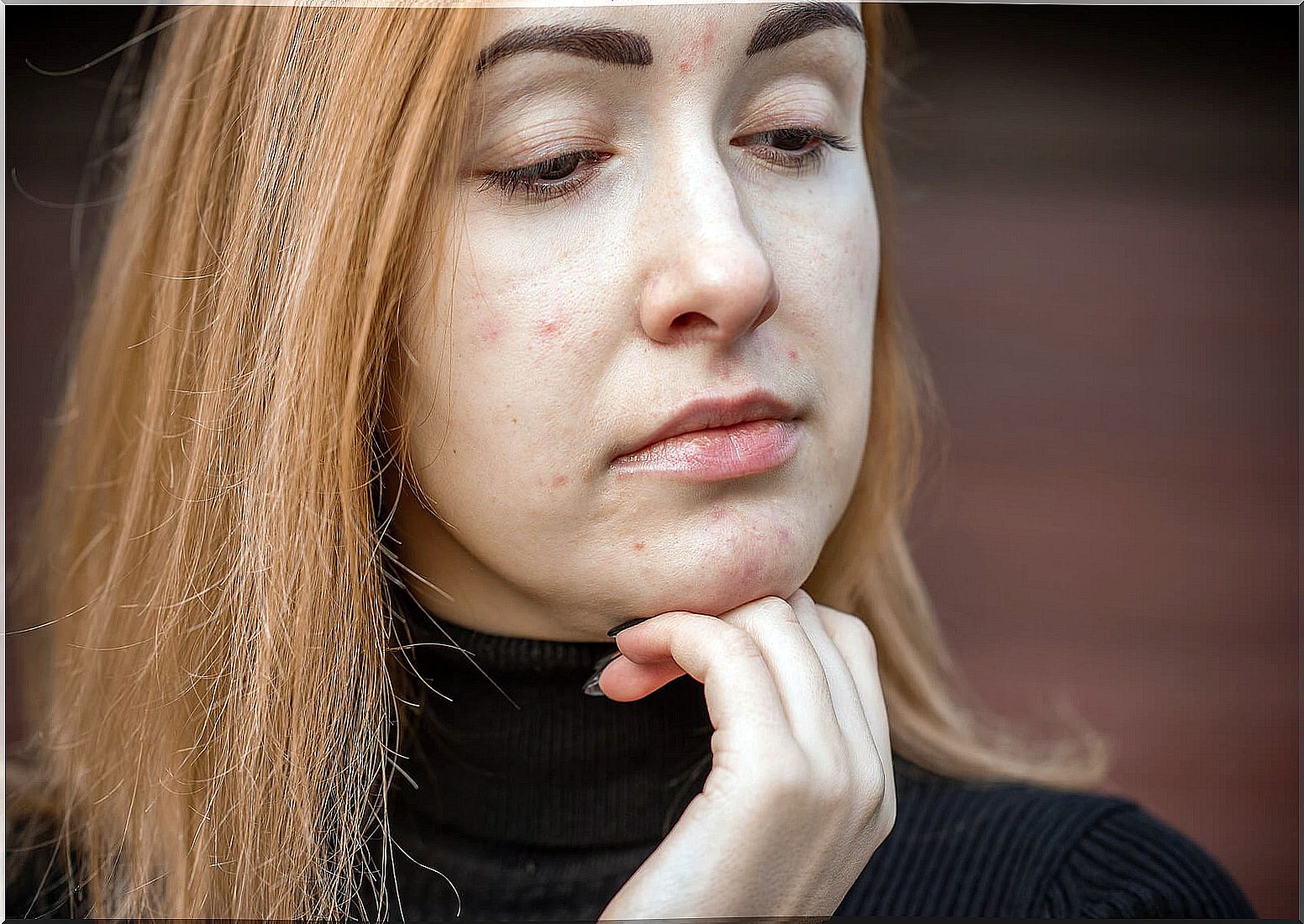
Grade 3: highly inflammatory
The inflammation increases significantly and other types of injuries begin to appear that generate mild discomfort. A moderate to severe degree of inflammation is observed, unlike the previous stages and, in turn, the number of papules and pustules present increases.
Dermal nodules make their debut in this degree of acne, in small quantity, but evident.
Grade 4: severe or nodulocystic
It is the most serious of all types of acne. It is also called nodulocystic due to the presence of new lesions that compromise more extension of the skin surface. The following are all injuries that can coexist:
- Severe inflammation.
- Open and closed comedones.
- Papules and pustules.
- Nodules (abundant).
- Scars in variable degree.
You may be interested: Interview with Rocío Gil Redondo: “in the case of acne, there are no magic solutions”
Recommendations to keep in mind
Acne is unavoidable, but it can be controlled by regularly washing the face with pH balancing solutions that are available, such as benzoyl peroxide and salicylic acid.
High glycemic index foods and dairy-based foods are recommended to be avoided as they play an important role in pathogenesis.
Additionally, stress management, early detection, and treatment of underlying causes, such as polycystic ovary, help control acne and prevent residual lesions.
Juvenile acne is not just a skin condition
Acne may not be life threatening, but it has lifelong psychosocial effects. People with acne and acne scars often develop anxiety and depression according to publications from the American Academy of Dermatology .
The general prognosis for acne is good with treatment. Therefore, the appropriate treatment for each person depends on the individual condition. If you have mild to moderate acne, such as whiteheads or blackheads, treatment is usually easy. However, if you have cystic or inflammatory acne, treatment can be more challenging.






